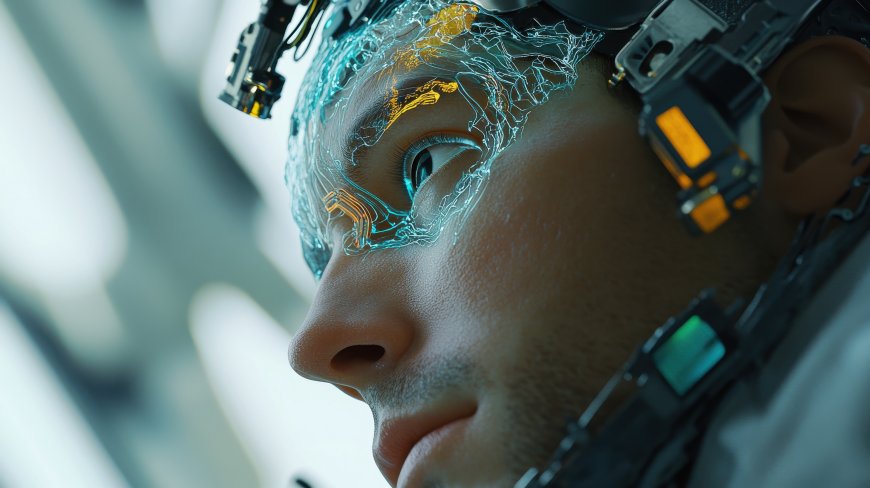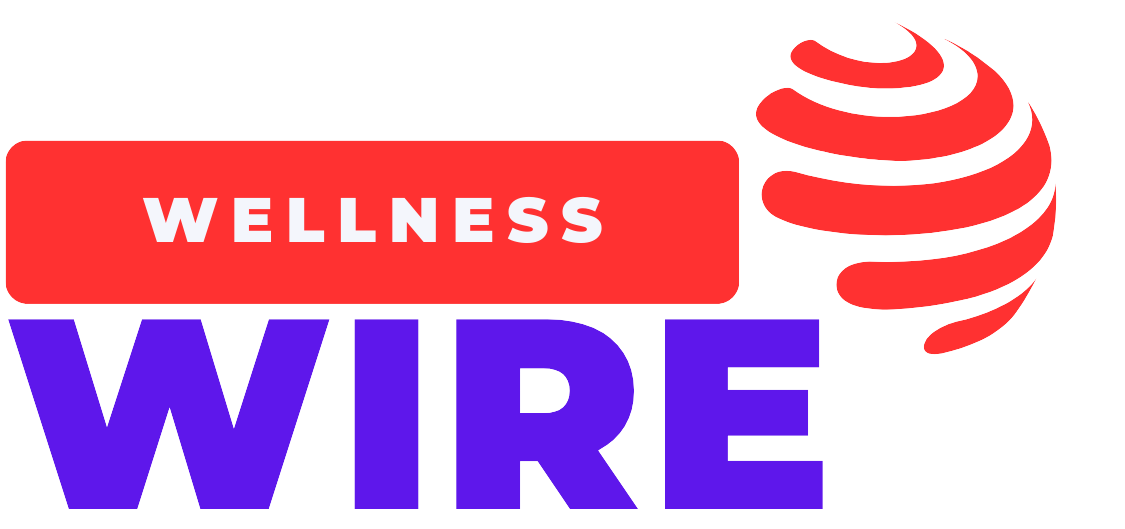Neuralink and the Future of Mind Uploading: Can We Digitally Preserve Consciousness?
Neuralink is advancing brain-computer interfaces, bringing us closer to mind uploading. Could we one day digitize consciousness and live beyond the human body?

Imagine a future where you no longer need a physical body to exist. Your thoughts, memories, and consciousness could be uploaded to a digital platform, allowing you to interact with the world even after your biological body ceases to function. This concept, known as mind uploading, has long been a subject of science fiction, but with advancements in brain-computer interfaces (BCIs)—especially those developed by Neuralink, Elon Musk’s neurotechnology company—this futuristic idea is moving closer to reality.
But is mind uploading even possible? Can we truly transfer human consciousness into a machine? And if so, what are the ethical and philosophical implications? Let’s explore the science, potential, and challenges of this revolutionary concept.
What is Neuralink?
Neuralink is a brain-computer interface (BCI) company founded by Elon Musk in 2016. Its goal is to create implantable devices that connect the human brain to computers, enabling direct communication between the mind and machines.
How Does Neuralink Work?
Neuralink’s device, called the "Link," is a small chip implanted in the brain, which:
- Records neural activity using tiny electrodes.
- Decodes brain signals and translates them into digital commands.
- Enables direct control of external devices (e.g., typing on a screen, controlling robotic limbs).
So far, Neuralink has successfully tested its technology in animals and humans, with promising results. The long-term goal? To restore movement in paralyzed individuals, enhance cognitive abilities, and—potentially—upload human consciousness to a digital form.
The Science Behind Mind Uploading
Mind uploading refers to the process of transferring human consciousness, thoughts, and memories into a digital system, theoretically allowing a person’s mind to exist independently of their biological body.
Steps Involved in Mind Uploading
- Mapping the Brain – Scanning and understanding every neural connection (also called the connectome).
- Digitizing Thoughts – Encoding brain activity into a machine-readable format.
- Simulating Consciousness – Running the digitized brain inside a virtual system or AI model.
While current technology is far from achieving full mind uploading, Neuralink’s BCI technology is an important step toward understanding the brain’s data-processing mechanisms.
Potential Benefits of Mind Uploading
1. Digital Immortality
If we can transfer human consciousness into a machine, people could theoretically live forever in a digital form. This could allow:
- Preservation of great minds (e.g., Einstein, Da Vinci).
- Interaction with deceased loved ones through AI-powered avatars.
2. Enhancing Human Intelligence
A digital mind could be augmented with:
- Instant access to all human knowledge.
- Superintelligence beyond biological limits.
- The ability to "re-upload" into enhanced robotic bodies.
3. Space Exploration Without Biological Limits
Mind uploading could allow humans to explore space without the constraints of the human body, eliminating issues like aging, oxygen dependence, and radiation exposure.
4. Eliminating Brain-Related Diseases
If consciousness could be uploaded, conditions like Alzheimer’s and Parkinson’s might no longer be a concern, as memories and cognitive functions could be preserved digitally.
Challenges and Ethical Concerns of Mind Uploading
1. Is Consciousness Transferable?
One of the biggest scientific and philosophical debates is whether true consciousness can exist outside the human brain. Would a digital version of you really be "you" or just a copy?
2. Privacy and Security Risks
If human thoughts can be stored digitally, who controls that data? Potential risks include:
- Hacking of minds – Could a digital consciousness be altered or controlled?
- Corporate exploitation – Would companies sell access to digital personalities?
3. The Risk of Losing Our Humanity
If humans transition into digital beings, would we still retain emotions, personal identity, and human connections?
4. Who Gets Access?
Would mind uploading be available to everyone or only the wealthy elite? Could this lead to extreme social inequality between digital and biological humans?
The Future of Neuralink and Mind Uploading
While full mind uploading is still a long way off, Neuralink’s work is laying the foundation for:
- Restoring movement in paralyzed patients.
- Improving cognitive function with AI assistance.
- Developing better brain-machine interfaces for future research.
In the next 10-20 years, Neuralink and similar companies may unlock deeper insights into how the brain processes information, bringing us closer to digitizing human thoughts.
Conclusion: Are We Ready for a Digital Future?
Neuralink is at the forefront of merging human minds with machines, potentially paving the way for mind uploading and digital consciousness. While the idea of living as a digital being sounds exciting, it also raises profound scientific, ethical, and existential questions.
Would you choose to upload your mind if given the chance? Share your thoughts in the comments!
What's Your Reaction?
 Like
0
Like
0
 Dislike
0
Dislike
0
 Love
0
Love
0
 Funny
0
Funny
0
 Angry
0
Angry
0
 Sad
0
Sad
0
 Wow
0
Wow
0



















































